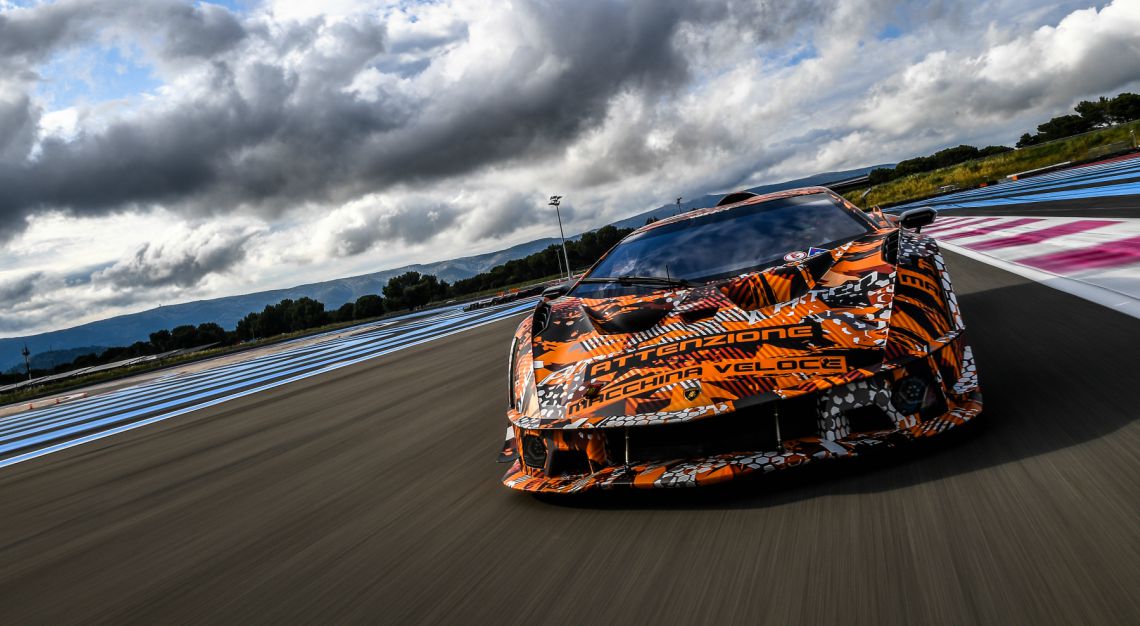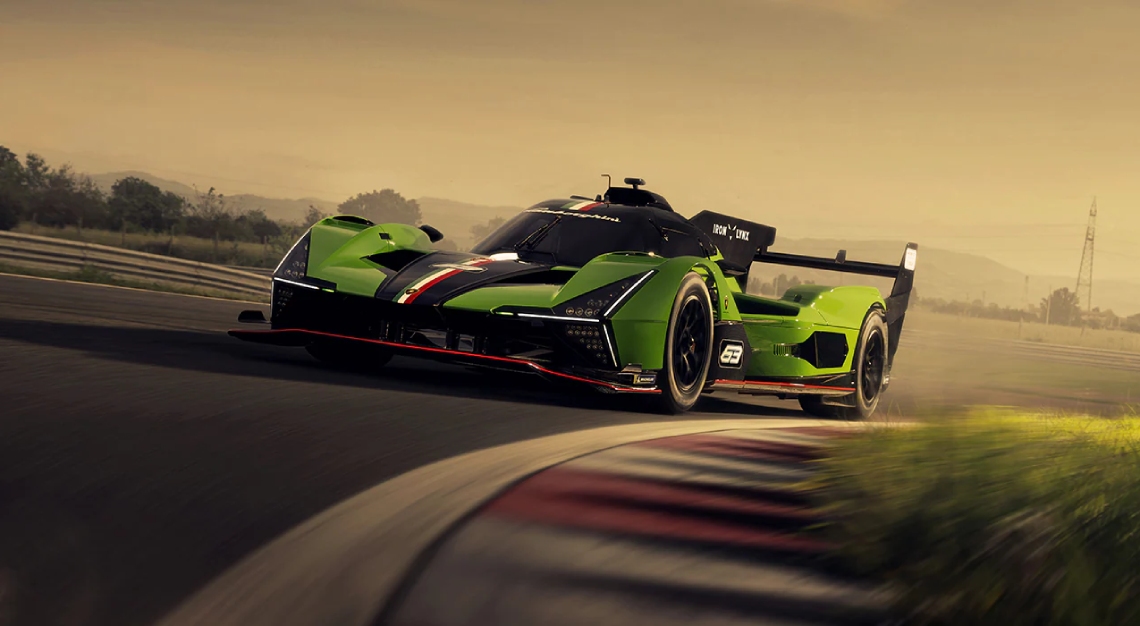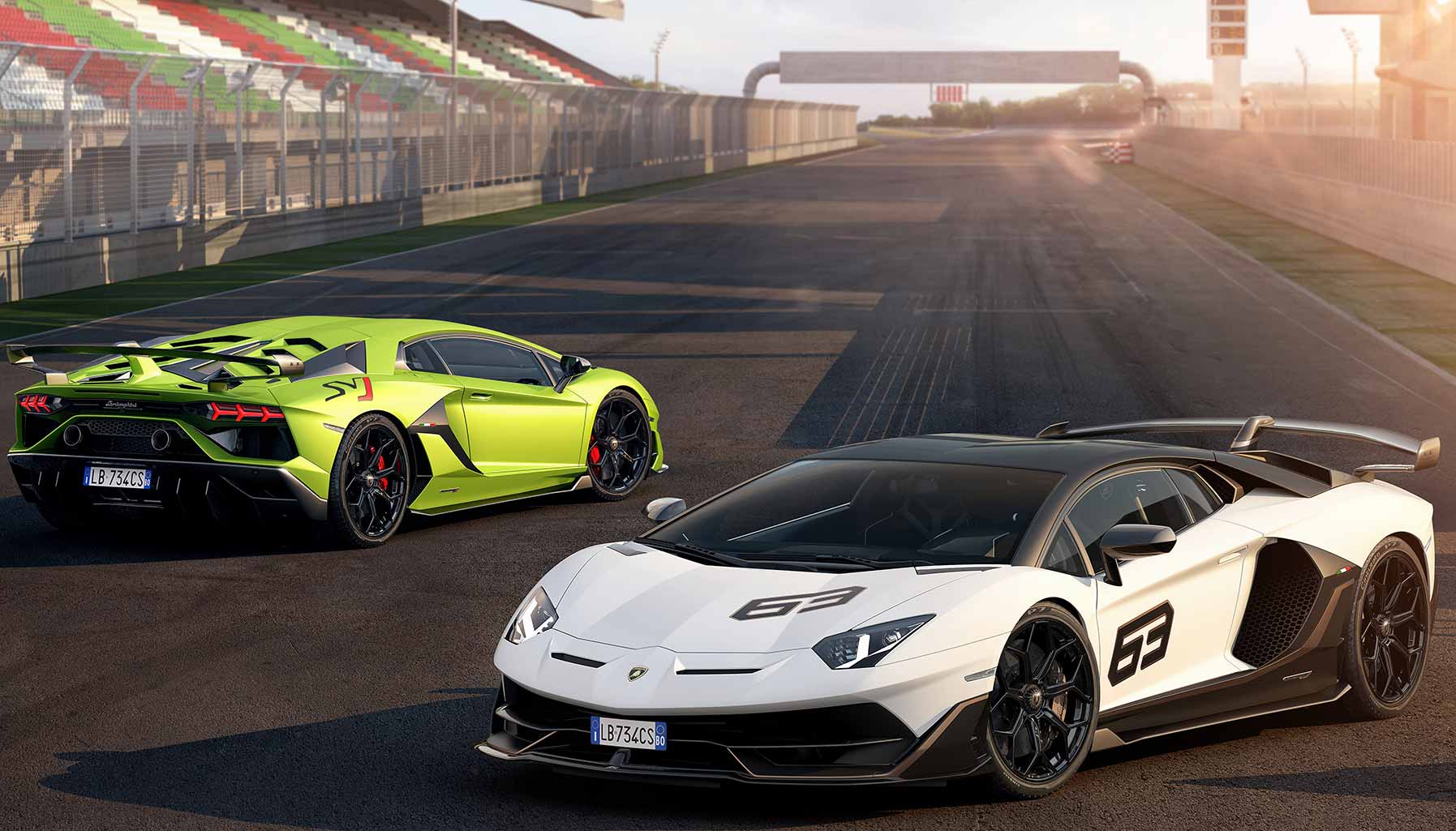The only thing this Jalpa and Huracán Evo seem to have in common is their yellow hue, but the similarities run far deeper than that
According to the oft-repeated aphorism, to better understand a brand or where it’s going, you only need to look to its past. If you were to look at Lamborghini today, especially at its balance sheets and strong sales numbers, you might be surprised to learn that the Italian carmaker wasn’t always in such rude health.
For over two decades since founder Ferruccio Lamborghini sold his eponymous company in 1973, its ownership changed hands five times, flirted with bankruptcy about as many times as that and actually went bankrupt once. You might even be more surprised to learn that this is the carmaker that gave the world the Miura and Countach, supercars that would go on to define the company and an entire generation of sporting vehicles.
And where better to perform some automotive archaeological work than at the second instalment of the Lamborghini & Design Concorso d’Eleganza. The Concorso saw 20 or so vintage Lamborghinis cover the 200km-odd hop from Venice to Trieste, and later on, the 62km Trieste-Opicina hill climb race route.

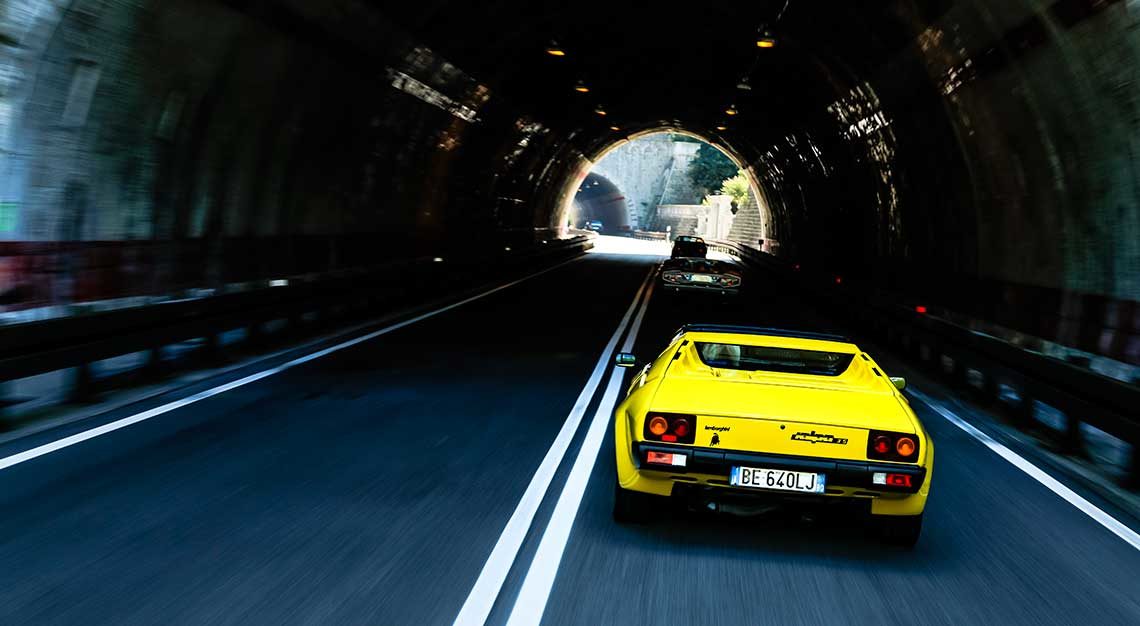
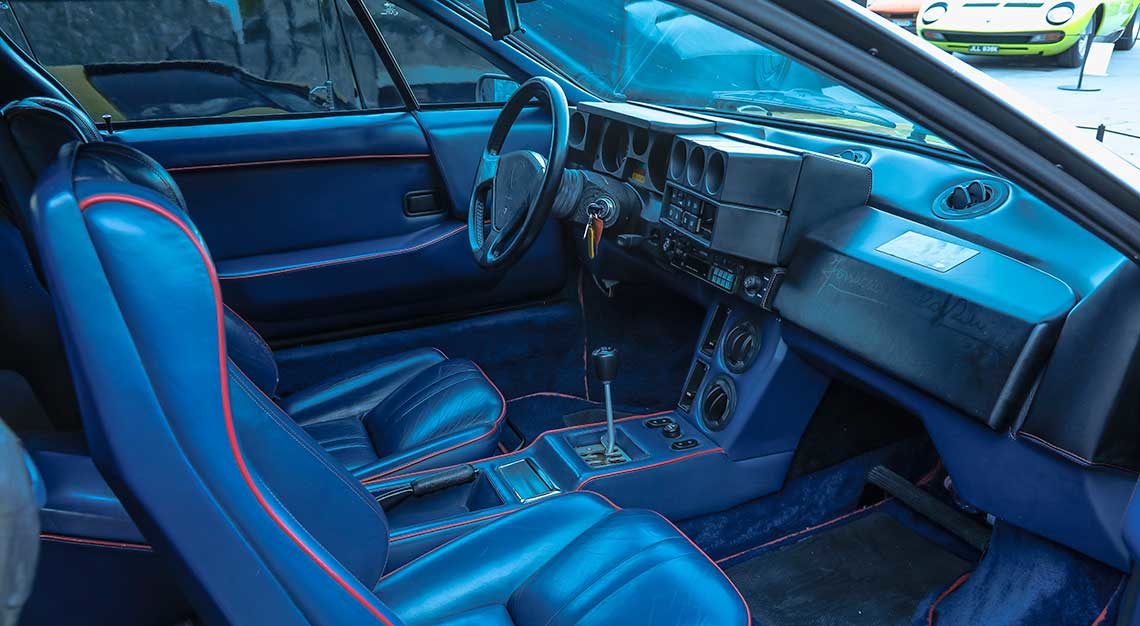
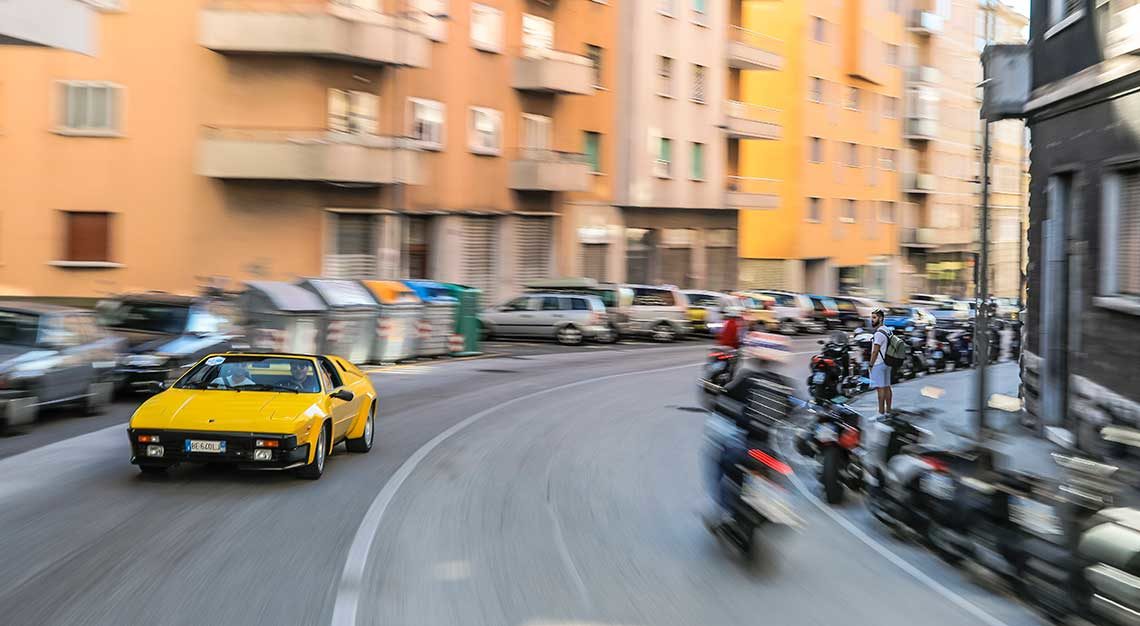
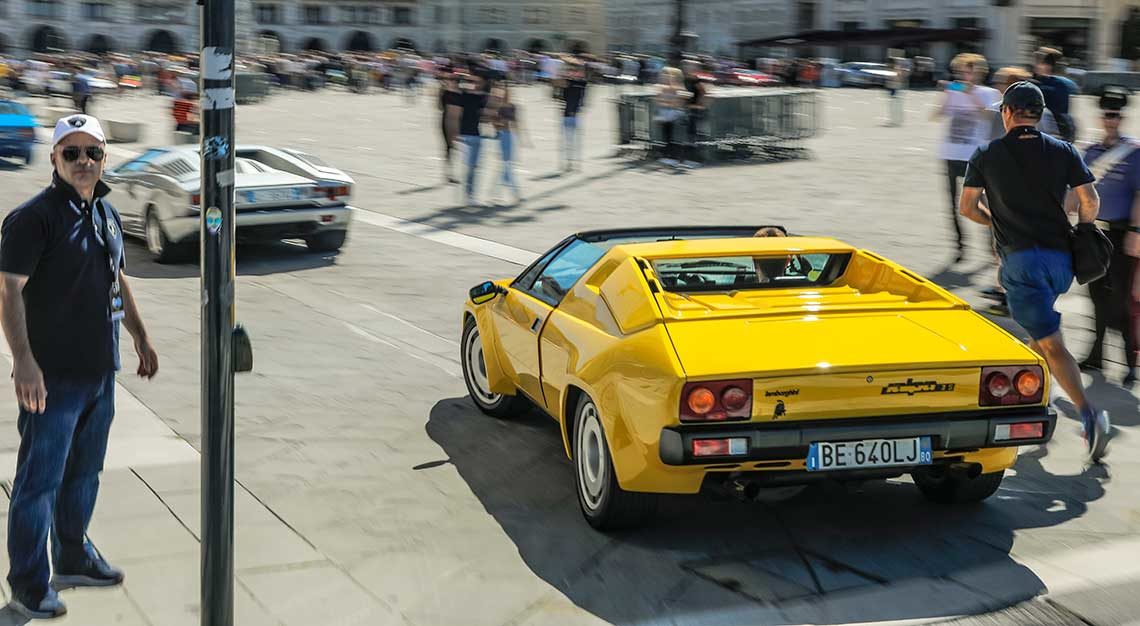
The factory also brought along some newer models, including the 770hp Aventador SVJ and Huracán Evo Spyder. While I did get some time in the former, I was more interested in the topless Huracán. Not because I wanted to drive through the Italian countryside with the top down and my sunglasses on, waving back to the throngs of people on the roadside attracted by the herd of charging bulls, but also because Lamborghini also brought along the Jalpa.
Three decades separate the pair, but the Jalpa and Huracán share the same so-called ‘Baby Lambo’ appellation. Fittingly enough, both cars were painted a summery shade of lemon yellow, which made a nice match for the sunny weather. But that’s where the similarities end. While the Huracán is well-regarded by nearly everyone, the Jalpa is a bit of a red-headed stepchild and the one Lamborghini would rather you forget existed.
In its production run between 1981 and 1988, Lamborghini shifted just over 400 of the things, making it rarer than the 764 Miuras that left the factory. But rarity is no indicator of desirability and in that respect, the Huracán has the Jalpa beat flat. In 2018, Lamborghini sold 2,780 Huracáns, almost seven times as many Jalpas did in its entire product lifetime. And sure, why not? The Huracán is angular, low-slung and looks every bit the menacing, exotic sports car.
The Jalpa is, well, not to everyone’s taste. It looks a little too tall, a little too narrow, a little too stumpy and a little too frumpy. In all fairness, however, the Jalpa was a car sold alongside the Countach – put anything beside that car and it’s bound to end up looking tame.
But despite the yawning gulf in age and general desirability between the two yellow cars, the Baby Lambo spirit runs strong in both. That is, price. Both cars cost around half as much as their respective flagship siblings and are far easier to drive.
In the Aventador (especially in the very angry SVJ I drove), you’re constantly aware of how long and wide the car is, not helped by the poor all-round visibility, along with the 700+hp animal constantly threatening to break loose a few centimetres behind your ears. The automated manual gearbox, too, has no setting between ‘learner driver shunt’ and ‘kidney punch’. The Huracán, by comparison, is a doddle.
The cabin is bright and airy, and that’s not just because I had the top down. Visibility is great, the gearbox is buttery smooth even in stop-and-go traffic and while there’s ample power (640hp from its 5.2-litre V10), it only makes itself known when you want it to.
The Huracán is most definitely something you wouldn’t mind threading through town with. And there’s that cabin – the stuff boyhood automotive fantasies are made of. Generous lashings of carbon fibre and Alcantara dominate, along with the smattering of jet fighter-inspired details.
To wit, the red flip-up cover with the start button concealed underneath, the sculpted toggle switches and red drive mode selector at the base of the steering wheel. After spending the better part of an afternoon in the cosseting comfort of the Huracán, stepping into the Jalpa doesn’t so much feel like going back 30 years as 300.
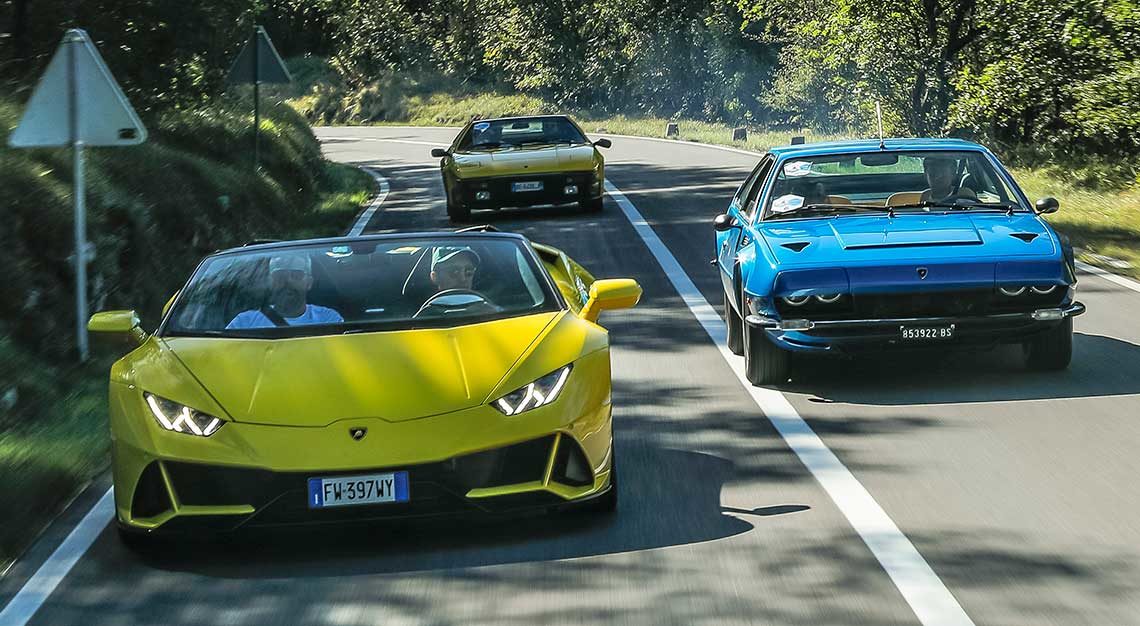
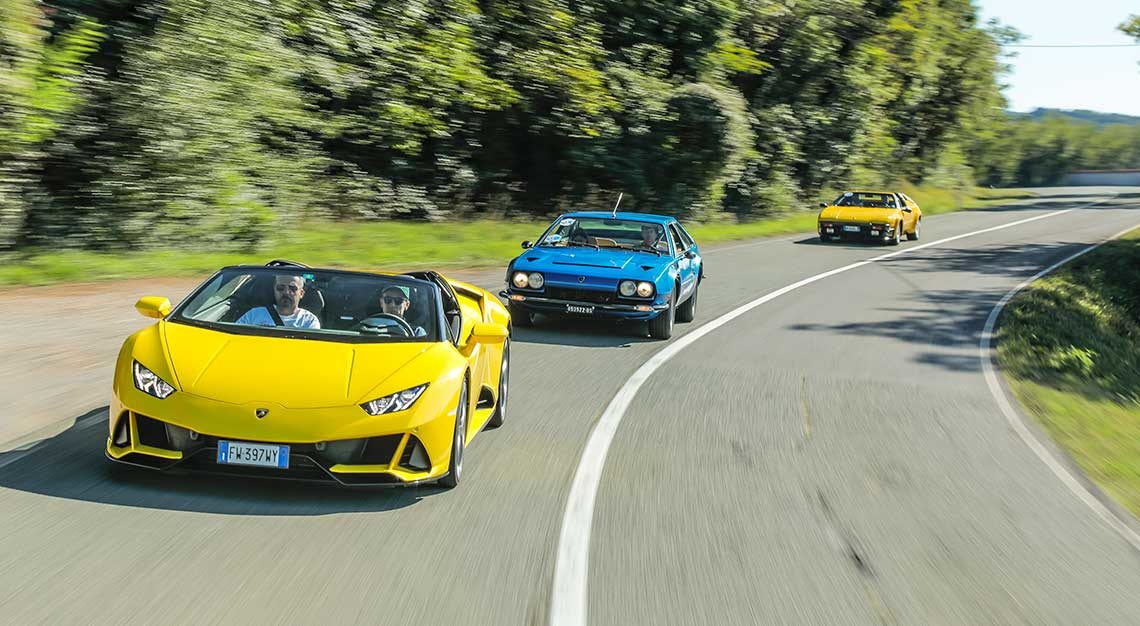
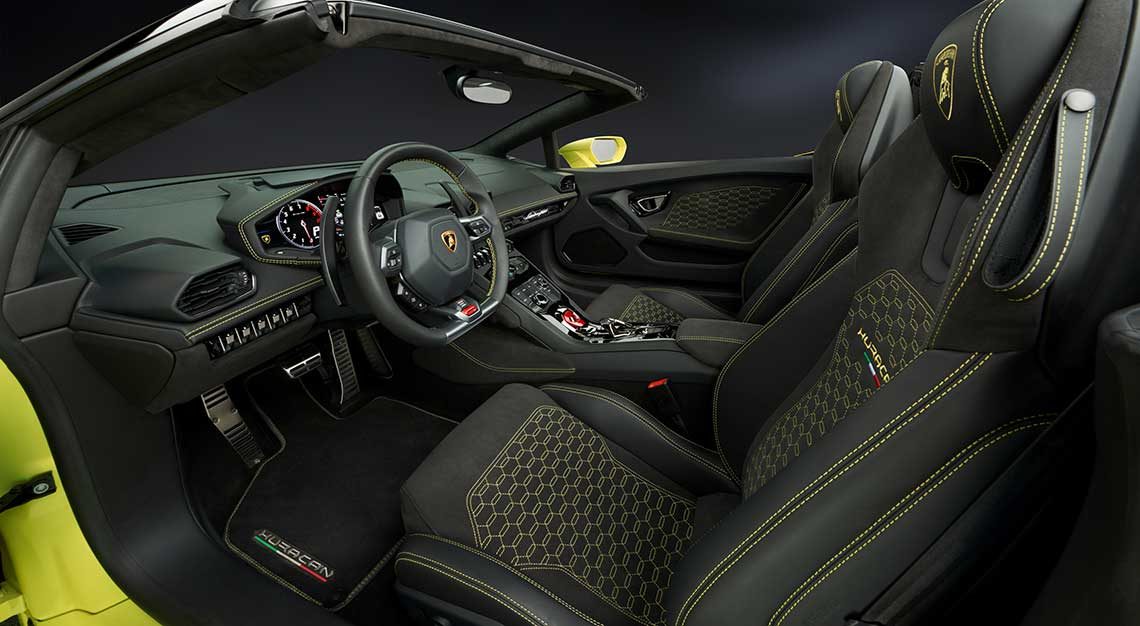
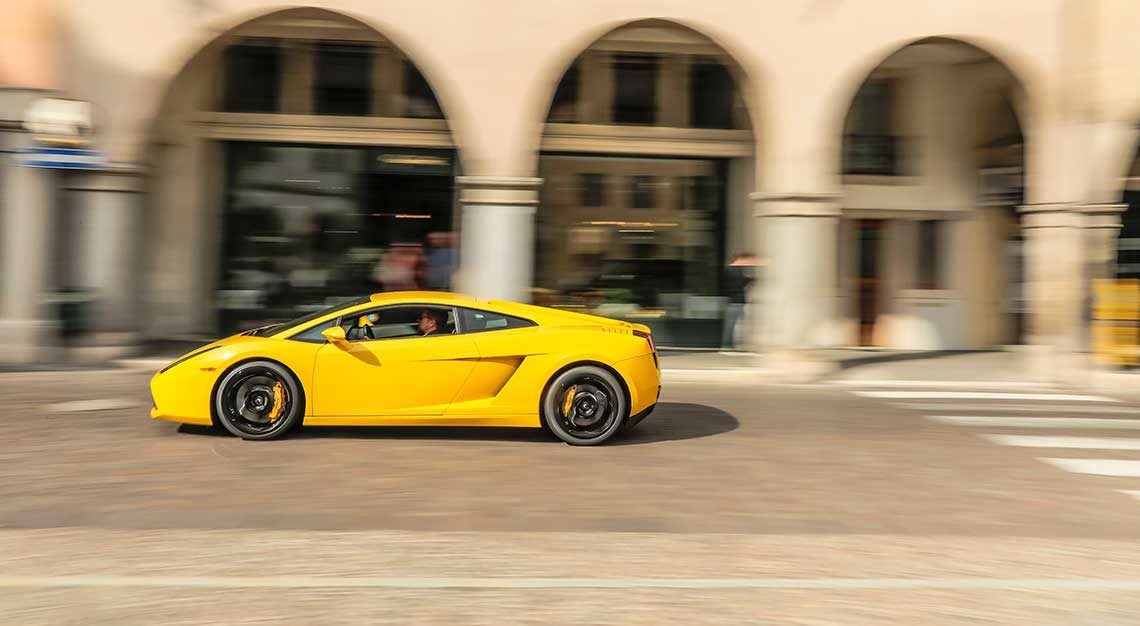
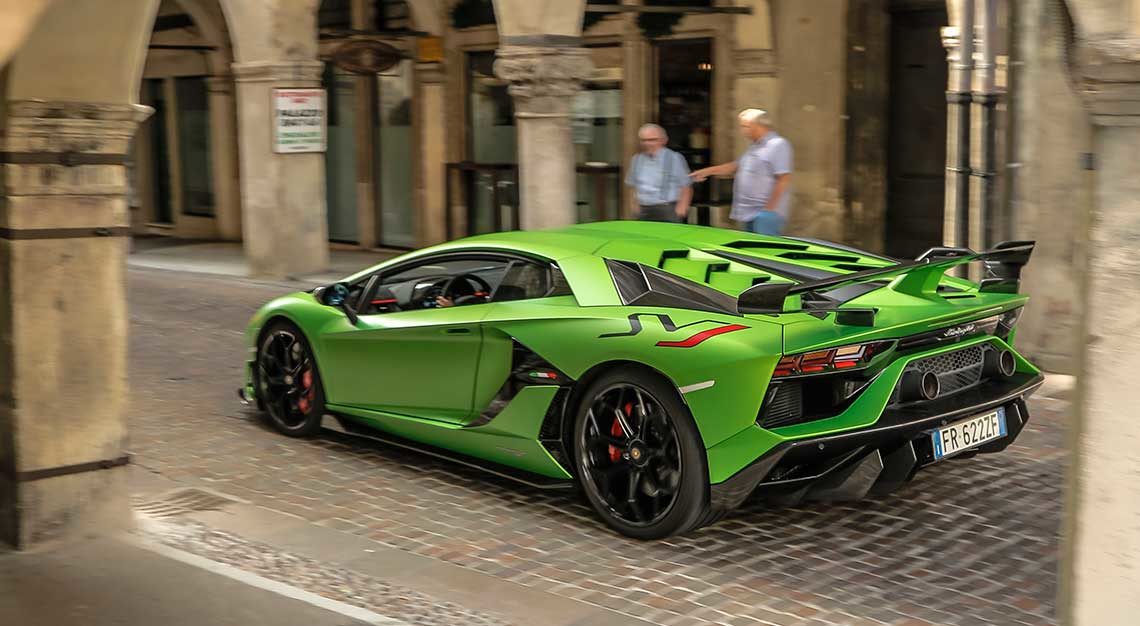
The first and most obvious thing that hits you is the difference in materials and construction. While it’s forgivable that carbon fibre trim didn’t exist in the ’80s outside of full-blown race cars, the Jalpa wasn’t well-built. This particular Jalpa had droopy side mirrors that constantly had to be pulled up by hand and a faulty interior door latch that necessitated my passenger helping me out by opening the door from the outside.
The other thing that hits you about the Jalpa is what it smells like on the inside. As with most vintage performance cars, there’s an almost distressing smell of petrol in its cabin. Yes, the Jalpa is missing a pair of cylinders, is down on power by some 60 per cent against the Huracán Evo and all its controls are incredibly heavy by modern standards.
While nowhere near as bad as the Countach, the Jalpa is still a full body workout. Pulling out of the petrol station while wrestling the gearbox and steering, while balancing the clutch and feathering throttle with its tiny pedal and dead weight is not for the faint of heart. But all that, and the offset pedal placement, is par for the ’80s Italian sports car course.
And while on the move, I began wondering where the Jalpa got its poor reputation from. Looks aside (and you know how subjective opinions on the matter can be), the Jalpa is truly a peachy thing. Its V8 motor, while developing power that’s more becoming of a modern hot hatchback than a sports car, has a tuneful baritone burr accompanied by all manner of pops and bangs from the exhaust.
That engine is also incredibly tractable and feels a good deal more beefy than its comparatively modest output and displacement would suggest. But crucially, it feels as a Lamborghini should, that is, making a fabulous noise and providing the sort of thrills a car from the stable of the raging bull should provide.
And, of course, at a far nicer price than what said stable’s flagship models cost. As the Jalpa, along with the Silhouette and Urraco before it proved, the Baby Lambo formula is deeply appealing. There are any number of reasons, mostly financial, why there’s a 15-year age gap between the discontinuation of the Jalpa and the debut of the Gallardo (the Huracán’s predecessor), but one thing is clear, a junior Lamborghini is here to stay. So perhaps in Lamborghini’s case, it isn’t so much that the past holds clues to its future, but more like how the more things change, the more they stay the same.



